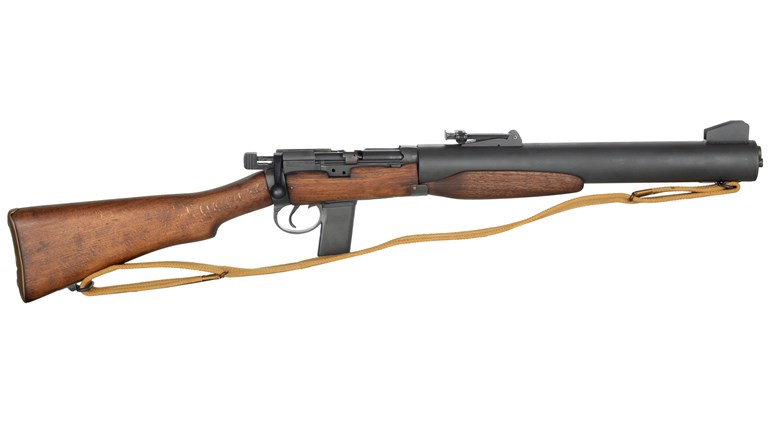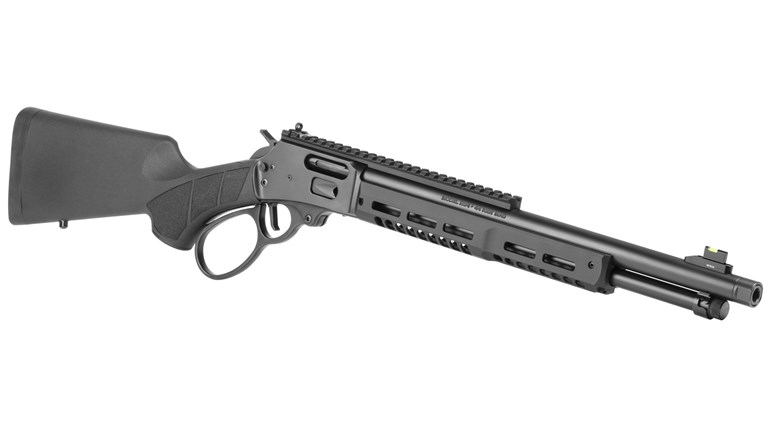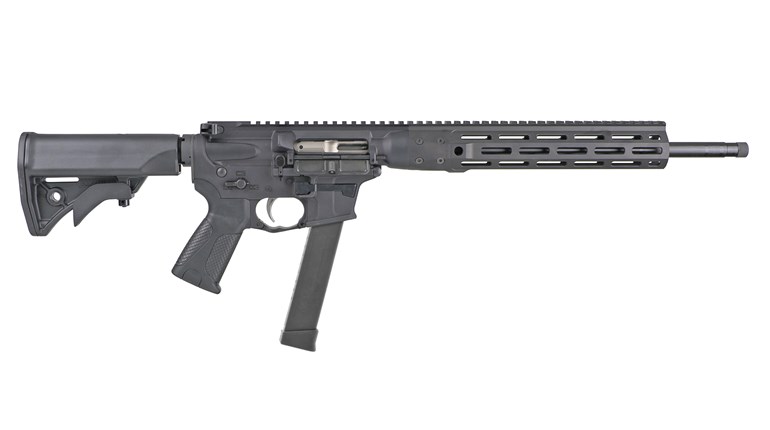
World War II is frequently remembered for starting and ending in the Pacific. Most of what happened in between Pearl Harbor and the Japanese surrender in Tokyo Bay aboard the battleship Missouri, however, was mostly European in content and context.
There may be no explanation other than distance and familiarity. In the 1940s, millions of Americans—German and Italian immigrants— still thought of themselves as descended from the newly minted WWII enemies. The same could not be said of Japan. In 1941, there were only about 130,000 Japanese Americans in the entire United States. From New York to Berlin was less than 4,000 miles; Tokyo was closer to 7,000. The Empire of Japan was far away and unfamiliar, and the troubles between the two nations tedious and complex.
Furthermore, the European Axis powers were making war in places Americans generally knew about: Picturesque Paris, the rest of France, and the Low Countries, after all, were rapidly overrun by the Germans in the spring of 1940, and the Battle of Britain brought images of familiar England, blackened and demolished. The Japanese troops rolling through obscure far-away places like Manchuria (1931) and China (1937) seemed inscrutable indeed.
Japan’s spiral into ultra-Nationalism well pre-dated Hitler’s rise in Germany, and rendered the Tripartite Pact of 1940 no surprise. The Axis powers—Italy, Germany and the Empire—were arrayed; and Japan’s stated goal of establishing the “Greater East Asian Co-Prosperity Sphere” fit well with German and Italian plans for Europe and West Asia. Economic growth and conquest underpinned Japan’s plans as much as it did Germany’s. The latter was stinging from a decade of fiscal turmoil in the wake of Versailles, the former from U.S. President Franklin Roosevelt’s 1941 oil embargo as punishment for Japanese expansionism in China and Southeast Asia.
From several perspectives, Japan’s Dec. 7 attack on Hawaii’s Pearl Harbor was much more a matter of “when” than “if.”
The early days in Europe saw Axis armies sweep the Allies from the field with intimidating ease. Versailles-violating weapons and numbers were the key, and the Western powers could blame no one but themselves for head-in-the-sand beliefs about Herr Hitler prior to the various forms of “Blitzkrieg.”“In the first six to 12 months of a war with the United States and Great Britain I will run wild and win victory upon victory. But then, if the war continues after that, I have no expectation of success.” — Admiral Isoroku Yamamoto
Japanese advances in continental Asia were often the same, though they met punishing resistance at the hands of Chiang Kai-shek at Shanghai. By the time of the Pearl Harbor attack, the General Staff in Tokyo was expanding mostly eastward and south westward—in the first place to put distance between themselves and the United States, and in the second to secure the oil and rubber resources Roosevelt’s embargo had denied them.
In contrast to the European theater, the mammoth expanse of the Pacific destined the theater to be a naval war. Japan seemed well prepared for such a contest, arguably having the finest navy in the world, particularly in terms of airpower. Her fortunes would rise and fall with her carriers.
The Pearl Harbor attack devastated the American Pacific fleet (loss or damage to eight battleships and many smaller vessels). A few days later, the British lost the bulk of Force Z while racing through the Indian Ocean to the relief of Malaya and Singapore. American outposts in the Philippines were overrun by May 1942.
The advantage would not last. The Japanese plan to cut off ally Australia included attempts to capture major islands like New Guinea in January and Guadalcanal (Solomon Islands) in May of 1942. Initially these attacks went well against disarrayed Allied forces. But in May 1942, the Battle of the Coral Sea pitted aircraft carriers against each other for the first time.
Tactically, the Japanese won the engagement, trading an escort carrier for the “Lady Lex” (USS Lexington) fleet carrier in the four-day battle—a 25-percent loss of U.S. Navy carrier strength in the Pacific. Japanese losses, however, had the net effect of turning the Empire away from an objective for the first time. Even more crucial, it resulted in the two most modern Japanese carriers being unavailable for the June attack on Midway.
At the extreme western end of the Hawaiian chain, the assault on Midway would prove pivotal. It was planned by Admiral Isoroku Yamamoto—easily Japan’s best military mind, and perhaps the only flag officer in the Empire who understood his American foe. He spoke fluent English, had traveled extensively in the United States, and even studied at Harvard University. He believed that his time was running out: “In the first six to 12 months of a war with the United States and Great Britain I will run wild and win victory upon victory. But then, if the war continues after that, I have no expectation of success.” (1940) He wanted to force a decisive engagement on the Americans, and inflict a debilitating defeat. The setbacks continued, and by July 1945, Japan was in a desperate state. The resource requirements that had driven the island nation’s early ’30s conquests—lack of raw materials and fuel—would also seal their fate.
Disaster of an unqualified sort found the Japanese on those four days in June. Not only would a foothold not be gained in the Hawaiian island chain, but four Japanese carriers (Akagi, Hiryu, Kaga and Soryu) would be sunk. Thus began a series of reverses: By January 1943, Japanese troops would be withdrawn from Guadalcanal in the wake of more naval losses and the inability to resupply. Yamamoto himself would be tracked down by code-breakers in April 1943 and his transport shot down. His death began a downward morale spiral from which the Imperial Navy and the nation never recovered.
Subsequent naval engagements would grow increasingly lopsided, the Battle of the Philippine Sea earning the moniker “The Great Marianas Turkey Shoot.” The ability of the Imperial Navy to mount carrier operations on any large scale (three carriers sunk, and more than 600 aircraft lost) would never reconstitute.
The close island quarters and (often) jungle climes of Pacific land actions made for incredibly punishing infantry combat. Tarawa, Saipan and Iwo Jima are well known, but the exploits of Brigadier General Frank Merrill’s “Marauders” (the 5307 Composite Unit) illustrated another devastating component of warfare in the Pacific—disease. Of 2,750 men who entered Burma to fight alongside indigenous and British troops in 1944, only two were left alive who had never experienced a major wound or illness. Merrill himself experienced two heart attacks.
The setbacks continued, and by July 1945, Japan was in a desperate state. The resource requirements that had driven the island nation’s early ’30s conquests—lack of raw materials and fuel—would also seal their fate. Even suicide troops and pilots could not stem the industrial tide of the U.S.—just as Admiral Yamamoto had predicted.
Still, fanaticism at the top drove the Imperial Army and Navy. Even after the German and Italian surrenders of the late spring, terms offered in the summer of 1945 went largely ignored. Instead, civilians were marshaled in huge numbers to defend the home islands with hand weapons from the approaching Allies. To destroy such war industries as remained, American B-29s rained incendiary bombs on nearly 100 of Japan’s lightly constructed cities.
An entirely new weapon ended Japanese intransigence. Stripped of remotely moderate voices since Yamamoto’s loss two years earlier, even the hardliners could not ignore the atomic detonations at Hiroshima (Aug. 6) and Nagasaki (Aug. 9).
The unconditional surrender demanded by the Allies was accepted on August 15, and hostilities finally ended. V-J Day came two weeks later, when Supreme Allied Commander Douglas MacArthur accepted the Japanese surrender aboard the USS Missouri in Tokyo Bay.
World War II, the costliest war in human history in every sense, was finally over.



































